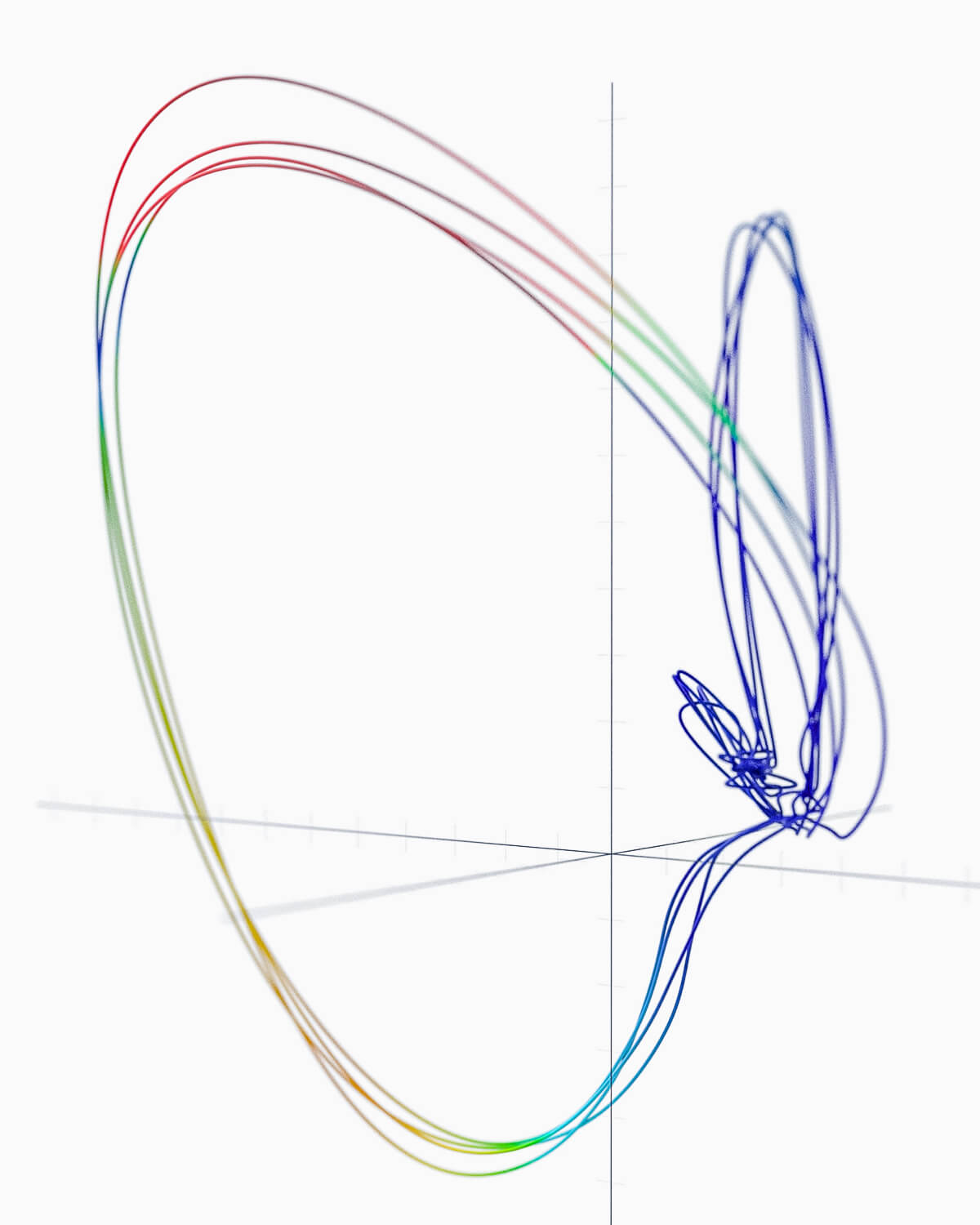
Our AI-based Technology
Using proven medical theories, cloud computing, and the latest AI concepts, Cardisio’s scientists have created a unique and modern risk assessment for heart disease.
Within 4 minutes, Cardisiography generates a vectorcardiogram (3-D analysis of the electrical activities of the heart). As part of this analysis, the application processes more than 3.2 million data points in a cloud-based application and instantly delivers a PDF report displaying all results, including a risk score.
Data from the vectorcardiography are evaluated using the Cardisio algorithm, which is continuously optimized to yield highly accurate results.
Scientific Approach
The idea for Cardisiography originates from the principles of electrophysiology, specifically vectorcardiography.
Many attempts have been made in the past to analyze electrical excitation propagation in multidimensional space. However, due to the high complexity of the data, it was almost impossible for a human eye to recognize the relationships and perform the necessary calculations. Therefore, this approach had only been theoretical.
When computing power and artificial intelligence improved, this data became more accessible. Cardisio has developed an algorithm that analyzes each Cardisiography using a neural network that is constantly updated.
With the high computing power available today, Cardisio’s team was able to train an algorithm with the necessary data so that it could perform the complicated calculations for the practitioner. Cardisiograpy is a non-invasive, examiner-independent, reproducible, fast, practicable, and cost-effective screening method for the hemodynamic detection of relevant coronary stenosis at rest. The result generated in the report is a computer-aided infinitesimal, three-dimensional calculation of the excitation processes of the heart. This is based on a specific algorithm in conjunction with a neural network that correlates with the autologous blood, as well as the specific spatial orientation of the myocardium in the dipole field as a function of time starting from a defined point Ɛ.
